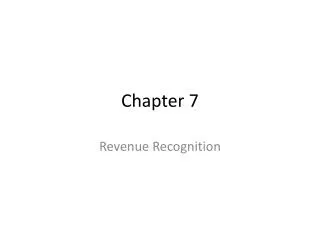An investor in shares considers not only its E.P.S. but also P.E. ratio.
www.answersheets.in info.answersheets@gmail.com info@answersheets.in 91 95030-94040 Finance Management Q1. What do you understand by Internal Audit ? How do the functions of an internal auditor differ from that of External Auditor ? Q2. Explain the consistency concept and Accrual Concept of Accounting. How is the Accrual Concept adhered to while preparing the final accounts of a company ? Q3. What are intangible assets of a firm ? Why are they shown in the Balance Sheet ? What is meant by amortisation of such assets ? Give reason for the same Q4. What do you understand by Appropriation of profit of a company? How are the profits appropriated ? How will the profits to be appropriated, affected, if the company issues debentures, instead of equity shares to finance its activities ? Discuss how? Q5. Distinguish between: FIFO and LIFO methods of Inventory valuation. Rights Shares and Bonus Shares Direct Material Price Variance and Direct Material Usage Variance Imputed Costs and Opportunity Costs. Q6. What do you understand by Break-even analysis ? Discuss the assumptions underlying the break-even analysis. How do these assumptions make the break-even analysis unrealistic ? Explain and prepare a Break-even chart assuming relevant figures Q7. What do you understand by Flexible Budget ? How does it differ from a Fixed Budget ? Explain its utility to a business organisation. Q8. What do you mean by Control Ratios ? Explain the three important control ratios and discuss their significance Q9. Explain fully the following statements : a. Operating cycle plays a decisive role in estimating the working capital requirement of a firm. b. As there is no explicit cost of retained earnings, they are free of cost. c. Depreciation acts as a tax shield d. An investor in shares considers not only its E.P.S. but also P.E. ratio. www.answersheets.in info.answersheets@gmail.com info@answersheets.in 91 95030-94040
★
★
★
★
★
82 views • 6 slides





